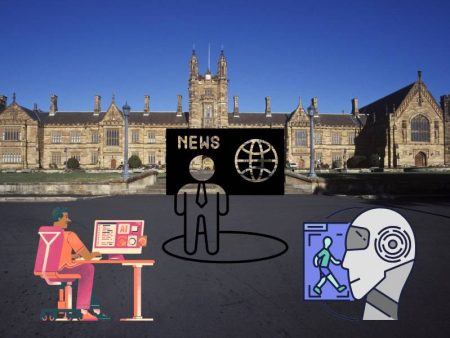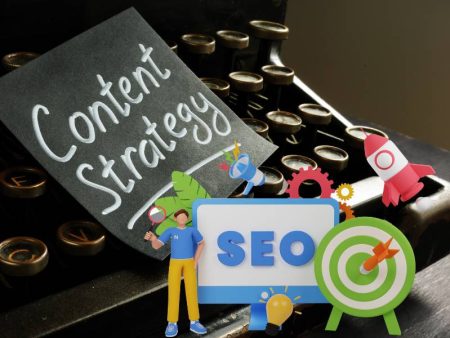You know that moment when you’re staring at a Figma canvas thinking, “Man, I wish this wireframe could just… auto-magically transform into a full-blown mockup”? That used to be a dream. Now AI-powered Figma plugins are turning those daydreams into design shortcuts—drafting mockups, generating icons, cleaning up layouts, even writing copy suggestions. But which ones actually work? Which ones feel like magic, and which are still borderline gimmicks? Let’s explore.
Why AI Plugins Matter in Figma
I used to spend hours on repetitive tasks:
- Filling out placeholder copy
- Repositioning icons in button groups
- Adjusting image masks
- Exporting assets for dev teams
Now? I run a plugin, make a couple tweaks, and move on. That’s not laziness—it’s creative acceleration. When you’re focused on design flow and vision, not boilerplate, creativity thrives.
AI-Powered Image to Design Plugins
Ever taken a photo and thought, “that color palette is perfect, I want that vibe in my onboarding screen”? Enter AI Design Generator From Image: just upload a snapshot—a street café, a wall mural, a sunset skyline—and the plugin suggests a matching layout style, color palette, and even fonts.
I tested it with a photo of an old vinyl record collection. The plugin suggested a retro-themed onboarding screen: bold serif headings, matte pastel accents, a timeline-style layout. None of it was perfect, but the vibe hit—gave me a 60% start toward a moodboard that felt true to the image’s nostalgia. I tweaked spacing, added modern sans fonts, and voilà—authentically retro with a fresh twist.
Non-Linear Design Flow: Bounce Between Tasks
That image-to-design magic jumpstarted my flow:
- Upload image of coffee shop interior
- Plugin generates a header layout with filters
- I tweak colors from dusty rose to dark equity black
- I pivot midstream: now themed around artisan bread
- Image plug-in adapts new photo, refines styles
- I sprinkle in AI-generated icons and export CSS snippets
It feels conversational, iterative—like bouncing ideas with a buddy. And each pivot doesn’t feel like starting over. That’s non-linear design power at work.
More Than Just Mood: Icon & Logo Generation
There are other plugin types too. I tried one that, based on a keyword or image, generates simple icons in both filled and outline style. I asked for “plant”, got five versions, tweaked one for cohesion within my color palette, dropped it into my nav bar. Moments later, the plugin auto-generated code-friendly SVGs. No re-exports needed.
I also experimented with simple logo scaffolding—describe your brand, upload an image, let AI suggest layouts and fonts. You get a draft to riff on. It’s not a final logo, but a powerful creative leap forward.
Banter Break: Real-Time Plug-in Conversation
Here’s how it felt inside Figma:
- Me: “Give me a dark theme version of this layout.”
- AI-plugin: Outputs variant with dark background and pastel content cards.
- Me: “Too low contrast on the CTA, bump the button to #FFD700.”
- Plugin: Updates button color. Adds subtle shadow for emphasis.
- Me: “Nice. Can you shift the modal slightly down to accommodate status bar?”
- Plugin: Moves it.
- Me: “Warm it up with a drop of orange—just a hint.”
- Plugin: Applies color tone.
That felt like live collaboration—AI as thoughtful assistant, not replace-the-designer type. No rigid automation, just responsive design flow.
The Drawbacks: When AI Misses the Mark
It isn’t perfect. Shared some branding photos and got back a generic layout that felt more corporate than artisan. I had to pivot completely. Others suggested iPhone UI for Android context—missed the mark for screen ratio. AI didn’t know my target device until I reminded it explicitly.
There were also some “everything looks good” suggestions—nobody needs more flat white cards without hierarchy. So I learned: always be ready to steer the AI. It’s assistant, not director.
x
Just a friendly nod—a reminder that sometimes, you want that white space—even if AI doesn’t get it.
x
Final emotion check—that moment when you scrap 80% of AI’s suggestions but keep the 20% that sparks joy? That’s validation. AI’s not replacing you—it’s fueling your flow.
Plugin Spotlight: Accessibility Boosters
Another plugin I love suggests accessible color contrast ratios in real-time. You highlight a text layer, run the plugin—it flags if your contrast is too low, suggests corrected text or background colors. All within Figma. That’s design responsibility baked-in. I even ran it on my vintage photo theme and it flagged low contrast on pastel text—I made adjustments before dev ever saw it.
For Developers: Generating Styles & Assets
Designers often ask developers for CSS snippets, icon exports, asset slicing. Some AI plugins in Figma already generate snippets: “export this card component’s CSS variables.” Downloadable, copyable code. Handy, but still needs review—naming conventions and CSS performance considerations must match your style guide. AI speeds it up, dev reviews it, we all move faster.
Non-Linear Side Quest: A Late Night Flow
It was 11 pm, I sketched a splash screen for a coffee quiz app. I ran the plugin, got a nice layout, swiped colors from a coffee bean photo. Tinkered with a scoop-of-cream accent on CTA. Suddenly I had mobile mockup, desktop wide version, and icon suggestions—all within an hour. Then I remembered the dev call at 9 am—had something to show. AI didn’t replace my ideas—it gave me momentum when creativity tickled.
Emotional Nuance & Human Imperfection
Let’s be honest: design that’s too perfect feels sterile. AI’s layouts are smooth but sterile. I purposefully add irregular line breaks, handwritten placeholder copy, and imperfect icon scaling. That “human imperfection” makes designs feel lived-in. And that’s part of our role: rehumanize algorithmic precision.
Tips for Using AI Plugins Effectively
- Define intentions: tell the plugin your device context, mood style
- Steer iterations: always refine based on brand nuance
- Check contrast/accessibility: plugins are great helpers here
- Use image-based design: for vibe-based theme, colors, font suggestions
- Generate assets with intent: SVG icons and CSS snippets need your review
The Future: Co-Design with AI
Picture this: You sketch a wireframe, plugin suggests layout and copy, you plug in user personas, it adjusts tone. You iterate—suddenly your canvas includes variant A/B suggestions. You invite teammates—AI helps facilitate feedback calls. Not far off. We’re headed into co-design, where human intuition directs and AI executes.
Final Thoughts
AI-powered Figma plugins aren’t some distant future—they’re available now, reshaping workflow. AI Design Generator From Image brought unexpected creative leaps. Accessibility, icon generation, asset export—these speed up the boring stuff so we can focus on brand and storytelling.
But nothing says “done” more than that final layer of human empathy: deliberate imperfection, emotionally resonant copy, mindful access. AI can help us draft faster—but we still sign each design with a human heartbeat.
TL;DR
- AI plugins for Figma accelerate moodboard-themed layouts, copy, icons, accessibility, and even CSS.
- AI Design Generator From Image is a standout for transforming photos into brand style suggestions.
- AI suggestions need human refinement—tone, nuance, device context matter.
- Non-linear, interactive flow feels like live collaboration with a ‘smart intern’.
- Always steer, test, correct, and humanize.
- This is just the beginning—co-design AI for real.
Want to try?
Upload a photo, run an AI plugin, and see what sparks. Then tweak—bring your voice, your imperfection, your empathy. That fusion is where AI accelerates, and designers create—faster, deeper, and more human than ever. 😊


